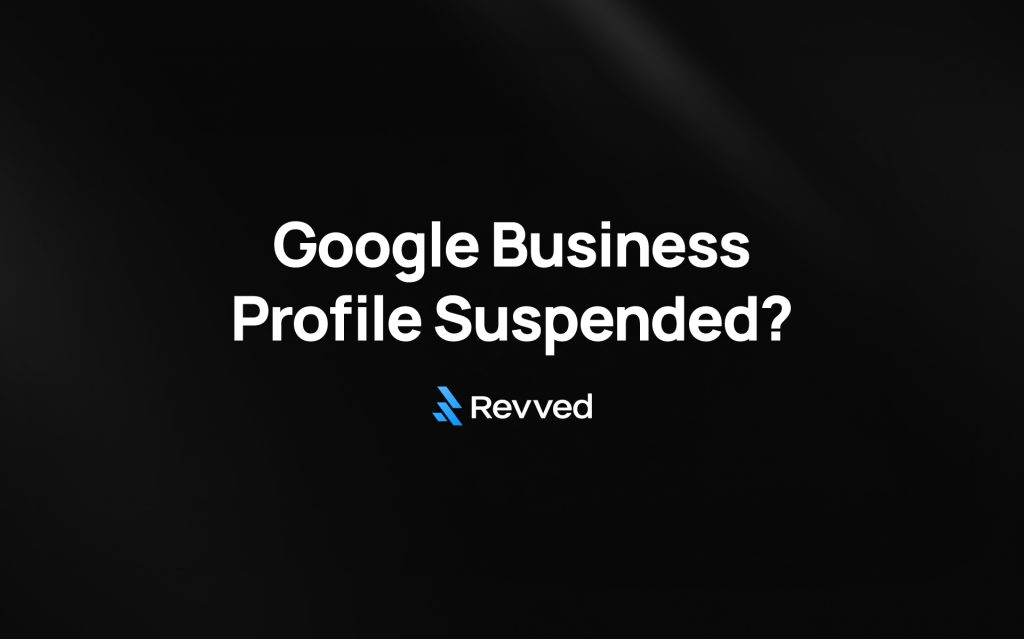The choice between social media marketing vs SEO represents a critical decision that directly affects your bottom line. Statistics show that 93% of online experiences start with search engines, and 74% of social media users depend on these platforms to make buying decisions. These channels shape your customers’ purchasing decisions significantly.
Making a choice between SEO vs social media marketing presents unique challenges. Research shows that 41% of US consumers prefer purchasing from a brand’s website, while only 17% choose to buy through social media. SEO excels at capturing high-intent traffic through search engines. Social media marketing builds stronger relationships and increases brand awareness. Your competitive advantage lies in understanding how to use each strategy effectively rather than seeing them as opposing forces.
This piece guides you through determining which approach generates more sales based on your business type, budget, and goals. You will gain clarity about whether SEO or social media marketing deserves more investment—or if combining both strategies might produce optimal results.
Understanding Buyer Intent on Search vs Social
The biggest difference between SEO and social media marketing comes down to how users behave and what they want. You’ll get better results by understanding these differences and putting your marketing budget where your potential customers spend time during their buying trip.
Search Behavior: High-intent queries vs passive browsing
People who use search engines actively look for answers to specific problems or questions. Their immediate need shows up clearly in what they type, which signals exactly what information or products they want. To cite an instance, see someone who looks up “portable phone charger reviews” – they’re already thinking about making a purchase.
Search marketing helps businesses connect with quality customers who are ready to buy. These active searches give companies a real edge when targeting customers close to making decisions.
Search behavior tells us more than just what people type. Your pages can rank higher and convert better than competitors by meeting both direct and indirect user needs. The content should line up with what users say they want and what they might need.
Social Media Discovery: Emotional triggers and impulse interest
Social media works differently from search because people find things by chance. Users don’t actively seek your products – they see them while browsing feeds or watching stories. This changes how people connect with your brand on these platforms.
Social platforms know how to trigger emotions that make people buy. Research shows 84% of shoppers buy on impulse, and social media makes these spontaneous purchases happen naturally. People often buy because they fear missing out, see others buying, or like how products look.
Social proof really matters in this space. About 92% of consumers believe what other people say more than ads. Every like, comment and share works like a digital thumbs-up, building trust that makes products more appealing.
Sales Funnel Entry Points: SEO for bottom-funnel, social for top-funnel
Each channel fits differently in your sales funnel, and this matters for converting customers. Social media works best at the top of the funnel where brands need exposure. One expert puts it well: “The top of the funnel focuses on exposure – getting your brand noticed by the right people who might not know you exist. Social media marketing excels here”.
SEO proves more effective for bottom-funnel conversions. BOFU (bottom-of-funnel) SEO targets people ready to buy by focusing on specific keywords. These searches show users want to make decisions soon, which makes them valuable leads. A page about “SDR team outsource” might not get much traffic but attracts qualified leads more likely to convert.
The success rate differs because of user intent: “Search traffic converts better than casual social media browsers. Users who find what they need through search buy more often”. Notwithstanding that, both channels can support each other through different stages of the customer’s buying process.
Content That Converts: SEO vs Social Media Formats
Content formats shape conversion rates for both SEO and social media campaigns. The best format for search engines might not work on social platforms. Each channel needs its own strategy.
SEO Content: Long-form, evergreen, and keyword-optimized
Search rankings reward complete content. Articles with more than 1,500 words outperform shorter ones in organic search traffic. This gives you space to answer user questions and establish your brand’s authority.

Enter your website below to start your proposal request!
The best SEO content creates lasting resources that stay relevant. A good SEO strategy includes:
- Smart keyword research and placement
- Full answers to common questions
- Well-laid-out headings and subheadings
- Internal links to related content on your site
SEO-driven content becomes your foundation, especially when you build long-term topical authority or target high-intent conversions. Your content keeps delivering value after publication and generates leads with minimal upkeep.
Social Media Content: Visual, short-form, and trend-driven
Social media runs on visual appeal and emotional connections, unlike SEO’s long-form approach. Posts with images get 53% more engagement than text-only content. The best social content taps into humor, inspiration, and curiosity to spark action.
Social platforms work better with shorter formats. The content that succeeds here is different from what works in search. Social media shines early in the customer’s journey, introducing your brand through captivating visuals and entertaining posts.
Smart brands turn their SEO content into social-friendly pieces. A long blog post can become infographics, quotes, or short videos. This helps you get more value from your original content while meeting platform requirements.
Conversion Paths: Blog CTAs vs social swipe-ups and DMs
Each platform creates its own path to conversion based on how people use it. SEO content converts through strategic CTAs in articles. Text CTAs can boost conversion rates by 120% according to surveys. People who find you through search are often closer to buying, so these CTAs tend to bring better leads.
Social media opens different doors through swipe-ups, direct messages, and comments. These platforms excel at relationship building rather than instant sales. Social content turns viewers into participants through polls, quizzes, and interactive features.
SEO builds steady traffic by putting your content at the top of search results for key terms. This creates consistent results over time. Social media gives you quick interactions and instant feedback. This makes it perfect for brands with visually appealing products or services.
Audience Targeting and Reach Capabilities
The right audience targeting can substantially boost campaign performance in marketing channels. Each platform provides unique ways to reach potential customers at different stages of their experience.
SEO Targeting: Search intent and keyword arrangement
SEO takes a different approach from social media’s demographic targeting. It captures users based on their search intent. This strategy matches content with what users actively search for instead of their demographic profile. SEO shows its strength when targeting potential customers in the “Think and Do” stages of their buying experience through strategic keyword targeting.
The results speak for themselves – this intent-driven approach delivers much higher conversion rates. Research shows that 41% of U.S. consumers prefer to buy directly from brand websites, while only 17% choose social media platforms. Brands that invest in search engine optimization see better ROI because of this preference.
Social Targeting: Demographics, interests, and lookalike audiences
Social platforms give marketers unique precision in audience targeting through:
- Demographic targeting (age, gender, location, income)
- Interest-based targeting (passions, behaviors, affinities)
- Behavioral targeting (past interactions, app usage)
- Retargeting capabilities
Lookalike audiences stand out as the most effective social targeting tool. These groups consist of potential customers who share traits with your existing customers. Advanced algorithms analyze demographics, interests, and behaviors from your source audience to find similar people. Marketers can select percentage ranges (1-10%) to balance match precision with reach – smaller percentages create closer matches but reduce overall reach.
Retargeting Opportunities: Pixel-based vs search remarketing
Both channels offer powerful but different retargeting capabilities. Social media marketing uses pixel-based retargeting to reconnect with anonymous website visitors right after they leave your site. Small JavaScript code (pixels) in users’ browsers tells retargeting platforms to show tailored ads based on specific site activity.
Search remarketing helps re-engage users who have interacted with your website on Google Search or other Google properties. This method targets users who are closer to making a decision, which creates opportunities to remind and convert prospects familiar with your offerings.
Retargeting proves highly effective in both channels. Brands see their search visibility increase by 1046% with retargeting ads.
Sales Performance and ROI Over Time
Choosing between social media marketing vs SEO as an investment needs a clear understanding of how each performs over time and how we measure their success. Your business goals and timeline will determine which channel gives you better returns.
Short-Term Wins: Social media’s instant engagement
Social media gives you visibility advantages that SEO can’t match. Facebook and Instagram let you connect with potential customers right away, and you can build brand trust through real-time communication. A well-crafted social campaign can get high traction within hours, which makes it perfect for seasonal promotions or product launches.
Social platforms excel at reaching thousands of users faster. You can measure performance immediately through analytics tools that create valuable data. Many businesses that want quick market penetration choose social media because it provides immediate feedback.
Long-Term Gains: SEO’s compounding traffic and leads
SEO needs patience, but its long-term value makes a compelling case. Studies show SEO delivers an ROI about 25% higher than paid advertising. This edge comes from SEO’s power to create sustained organic traffic without the ongoing costs of paid promotions.
Organic search drives 53% of all web traffic, while paid search accounts for only 27%. SEO converts at 2.4% – almost double the 1.3% conversion rate of PPC. These numbers show why SEO becomes more cost-effective as time passes.
Cost Per Acquisition: Paid social vs organic SEO
Cost Per Acquisition (CPA) shows how much businesses spend to get new customers or leads. Different marketing channels have varying CPAs based on audience intent and competition:
- Paid Social: Higher original conversions but needs ongoing investment
- Organic SEO: Slower initial results but much lower long-term CPA
- Industry Factors: Competitive industries naturally cost more to acquire customers
Attribution Challenges: Multi-touch vs last-click models
Figuring out which channel truly drives sales remains tricky. Last-click attribution gives full conversion credit to the final touchpoint before purchase, often favoring search. This model works like “having navigation without turn-by-turn directions” – showing destination without revealing the experience.
Multi-touch attribution spreads credit across all customer interactions. This method helps you understand what drives sales better, especially for businesses with longer buying cycles. Privacy regulations and cookie tracking limitations make accurate attribution more challenging now.
When to Use SEO, Social, or Both
You need to know which channel works best for your specific situation when deciding how to spend your digital marketing resources. Social media marketing vs SEO isn’t always an either/or choice—both channels together often create the strongest strategy.
Budget Considerations: Where to invest first
Small businesses put more resources into organic social media and content marketing to grow economically. Medium and large businesses put their money into paid advertising because it grows better with bigger budgets. Companies with tight resources do well with the 70/30 rule—put 70% into the channel that matches your main goal (growth vs. stability) and 30% into the supporting channel.
Industry Fit: Local services vs eCommerce vs B2B
Local service businesses get better results from SEO. Take Minars Dermatology and LawnSavers—they saw huge jumps in new customers through local search optimization. E-commerce brands need both channels—SEO helps with product searches while social media works for visual promotion. B2B companies get better results from LinkedIn and SEO than other social platforms because of their professional audience and longer sales cycles.
Combining Strategies: Using social to magnify SEO content
Social media makes SEO content work harder—it reaches more people, starts conversations, and builds valuable backlinks. Your website gets more clicks whenever people share your content on social platforms. On top of that, turning SEO content into social-friendly formats gives you more value while meeting each platform’s needs.
Case Example: A local business using both for lead gen
A home healthcare franchise turned both strategies into a winning formula for qualified leads. They made franchise web pages work with local keywords and created unique social media profiles for each location. Their traffic from Facebook jumped 265.86% in just three months. This shows how social media and SEO work together perfectly for local businesses.
Comparison Table
| Aspect | SEO | Social Media Marketing |
| User Behavior | Active search with high purchase intent | Users discover products casually and make impulse decisions |
| Traffic Source | 93% of online experiences start with search engines | 74% of users depend on platforms to make buying decisions |
| Purchase Preference | 41% of users choose to buy from websites | 17% prefer to shop through social media |
| Content Format | – Long-form (1,500+ words) – Evergreen content – Keyword-optimized – Complete answers | – Visual content – Short-form – Trend-driven – 53% more user participation with images |
| Funnel Position | Bottom-of-funnel (BOFU) with strong buying intent | Top-of-funnel (TOFU) to build awareness |
| Targeting Method | Search intent and keyword arrangement | Demographics, interests, and lookalike audiences |
| Conversion Path | Blog CTAs (120% higher conversion rate) | Swipe-ups, DMs, and interactive elements |
| Time to Results | Slower original results, better long-term gains | Quick visibility and participation |
| ROI | 25% better ROI than paid advertising | Needs continuous investment |
| Conversion Rate | 2.4% conversion rate | 1.3% conversion rate (paid social) |
| Traffic Share | 53% of all web traffic | Not mentioned |
| Best Suited For | – Local service businesses – B2B companies – Long-term strategy | – E-commerce – Visual products – Quick campaigns |
Conclusion
A close look at SEO and social media marketing reveals a simple truth – neither strategy works better than the other for every business. Your specific goals, industry, and target audience will determine the best choice.
SEO excels at capturing high-intent traffic from people who actively seek solutions. Search engines kick off 93% of online experiences and deliver a 2.4% conversion rate, which shows impressive long-term returns. Local service businesses and B2B companies that focus on sustainable growth benefit most from this approach.
Social media stands out through instant engagement and visual appeal. These channels excel at building awareness and relationships, even though only 17% of consumers prefer buying directly through social platforms. Brands selling visually appealing products often achieve stronger results on social media.
These strategies work better together than apart. Think about how social media can increase your SEO content’s reach. This creates a feedback loop that strengthens both channels. A local home healthcare franchise showed this perfectly when they boosted Facebook traffic by 265.86% while optimizing for local search.
The 70/30 rule helps businesses with limited resources get started. Put 70% of your efforts into the channel that lines up with your main goal and 30% into supporting work. This balanced approach recognizes that customers interact with multiple platforms during their buying experience.
SEO needs more patience but delivers compounding returns and higher conversion rates that propel sustainable business development. Social media provides quick feedback and relationship-building tools that brands need to grow.
Successful digital marketing strategies acknowledge that customers rarely follow a straight path. They move between search, social media, and websites before making decisions. Your best strategy will have elements of both approaches that line up with your business goals and customer behavior.
The real question isn’t about which channel drives more sales. It’s about how you can combine these powerful channels to create a detailed digital presence that meets your customers wherever they are.



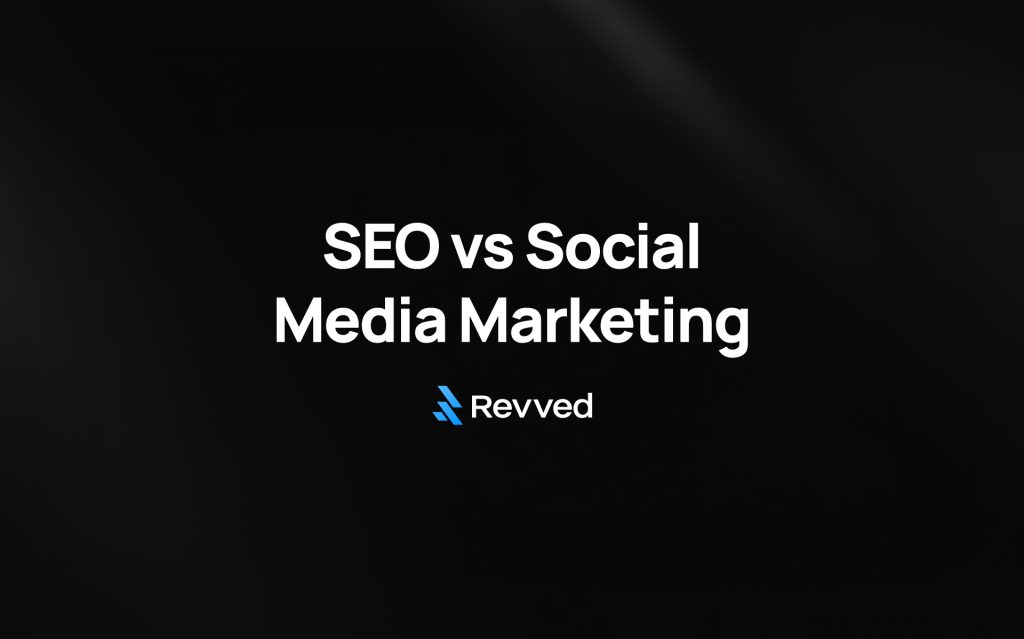
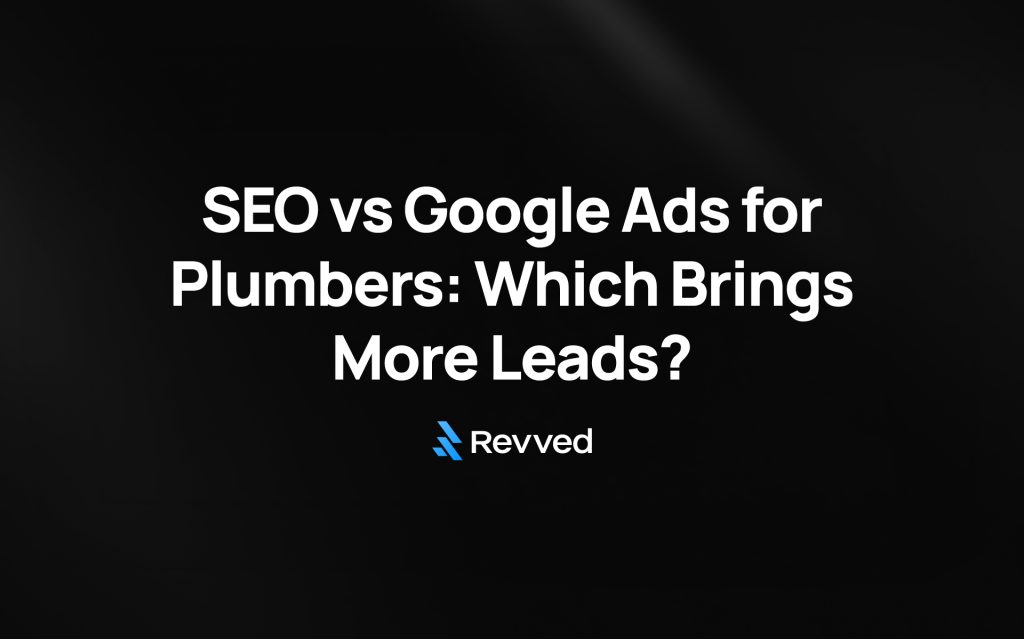
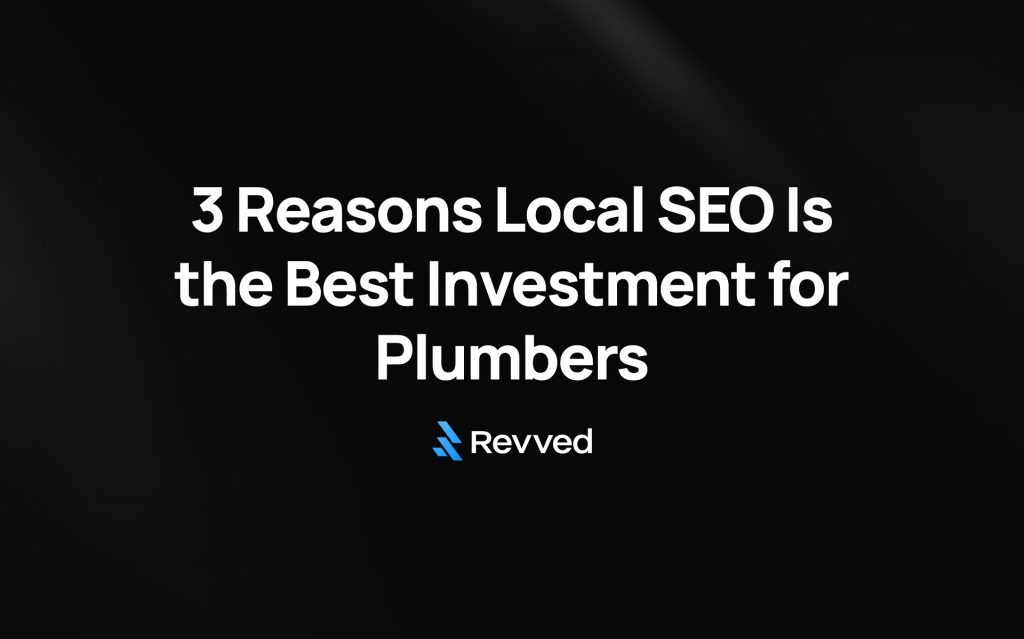
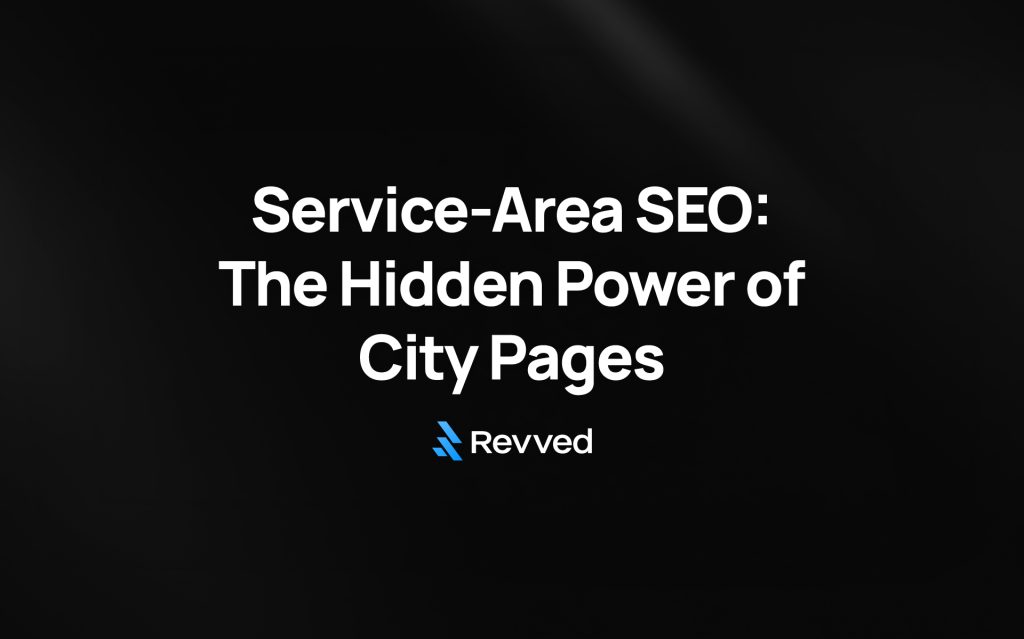
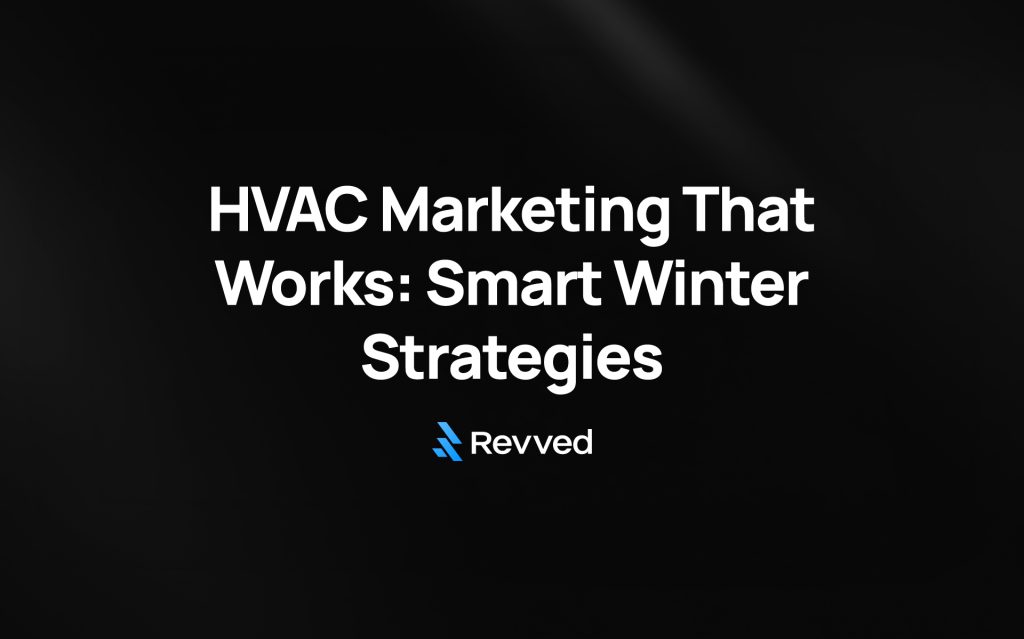
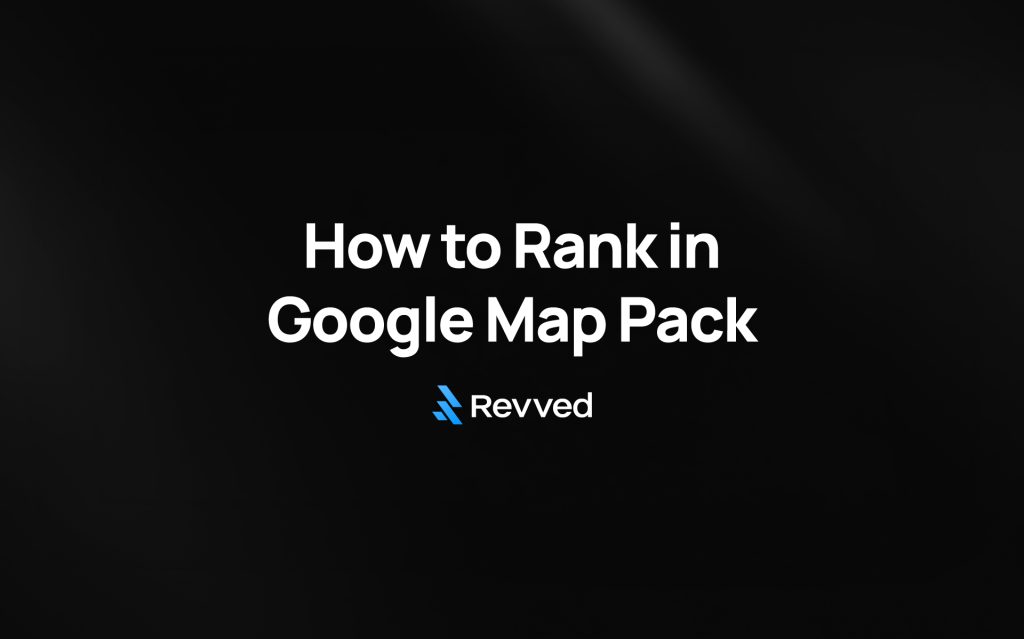
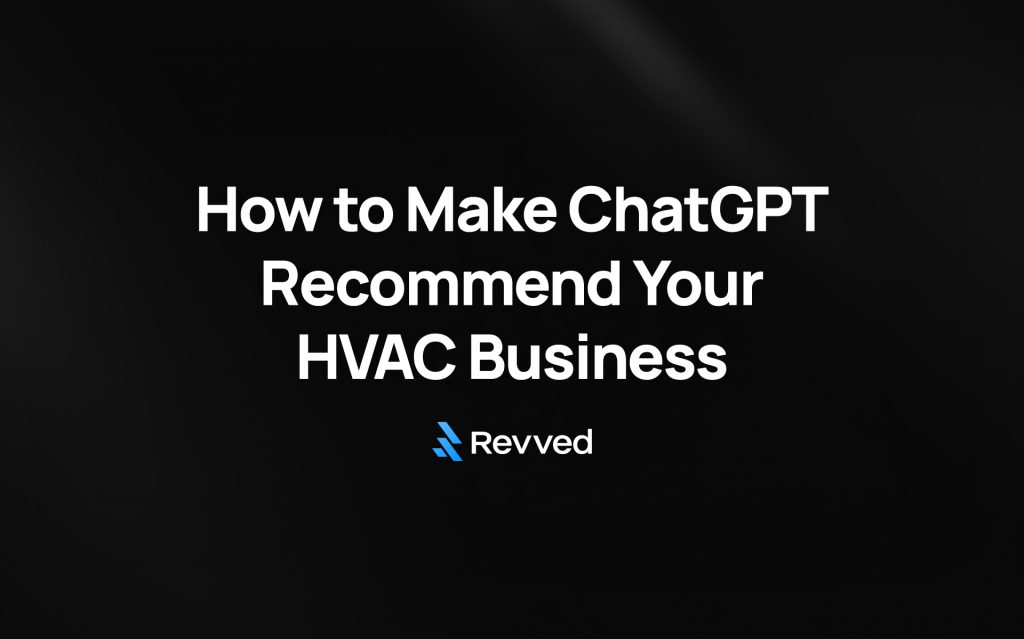
![How to Set Up Google Business Profile for Plumbers: A Step-by-Step Guide [+ Free Checklist]](https://revved.digital/wp-content/uploads/2025/10/How-to-Set-Up-Google-Business-Profile-for-Plumbers-1024x639.jpg)
